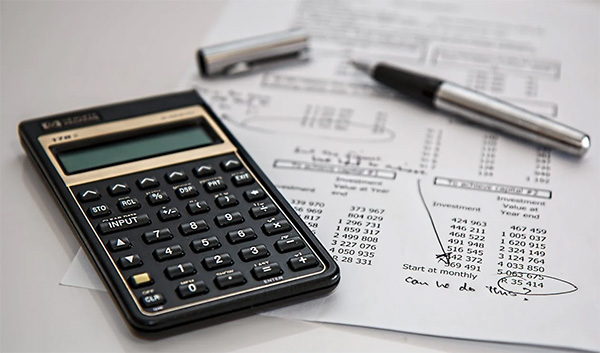A Step-by-Step Guide to Creating Your First Ever Budget
So many skip this step. The urge to dive in without a plan—familiar, isn’t it? But that’s just chaos posing as flexibility. Sure, some swear by winging it, but experience says otherwise: anyone serious about financial control needs a map. Budgets aren’t about restriction; they’re about clarity and options. Imagine the alternative—a wallet that leaks for no apparent reason. Absurd! What’s needed is not more spreadsheets or fancy apps, but a method that actually sticks. Follow the numbers, not the noise. It’s about knowing exactly where the dollars go, before regret comes knocking at month’s end.
Gather Your Financial Facts
Everything begins with information—messy, scattered receipts and half-remembered expenses included. Anyone guessing their typical spending amount sets themselves up for trouble. Pull out bank statements from the last few months (yes, all of them), grab paychecks, and dig into every bill—from rent to those little subscriptions so easy to forget. List every bit of income and categorize your outflows: housing, food, debt payments, entertainment—the whole ugly lineup. Don’t round numbers just yet; precision trumps comfort here. Resist glossing over occasional splurges; honesty now saves headaches later. This snapshot forms reality’s baseline—the only place to start any real change.
Define What Matters Most
Not every expense deserves equal treatment—far from it! Split them up: essentials versus nice-to-haves versus pure impulse buys snuck in during late-night scrolling (everyone succumbs sometimes). Rent or mortgage gets top billing alongside groceries and utilities; streaming services can negotiate their spot further down the line—if they make the cut at all. What stands out? Patterns form fast here—for better or worse—and seeing what truly matters becomes unavoidable when everything sits side by side on paper. The mission isn’t deprivation; prioritization wins every time money runs short.
Create Realistic Categories
Forget dreams of impossibly strict numbers that collapse inside two weeks! For categories like groceries or transportation, look at average amounts already spent—not idealized versions found in frugal living blogs written from mountain retreats with backyard chickens. Give each category a number rooted in current truth and tweak gently if necessary—no cold-turkey slashing unless absolutely unavoidable. Leave room for fun money too—it’s essential for morale and sticking power alike—even if that figure seems embarrassingly small at first glance.
Track Relentlessly (but Not Obsessively)
Building a budget means nothing unless habits adjust with it—which means tracking must happen consistently but not anxiously enough to ruin your week if something goes sideways one day out of thirty-one. Use whatever tool actually gets used—a notebook works as well as an app if picked up frequently enough to matter! Checking against those preset categories takes five minutes per week; catching drift early beats panic cleanup after overdraft fees hit hard.
It ends where it began: intention beats guesswork every time dollars are involved. Setting up a first budget isn’t glamorous work—hardly anyone brags about spreadsheet hours at parties—but nothing else delivers as much peace of mind for the effort given. Mistakes will sneak through anyway—that’s inevitable—but small adjustments beat wild swings made under pressure every single time. Stick with these steps longer than one pay period and something unexpected happens: confidence grows right alongside savings—and suddenly spending matches values instead of whims.
Photo Attribution:
1st & featured image by https://www.pexels.com/photo/selective-focus-photo-of-stacked-coins-128867/
2nd image by https://www.pexels.com/photo/black-calculator-near-ballpoint-pen-on-white-printed-paper-53621/


